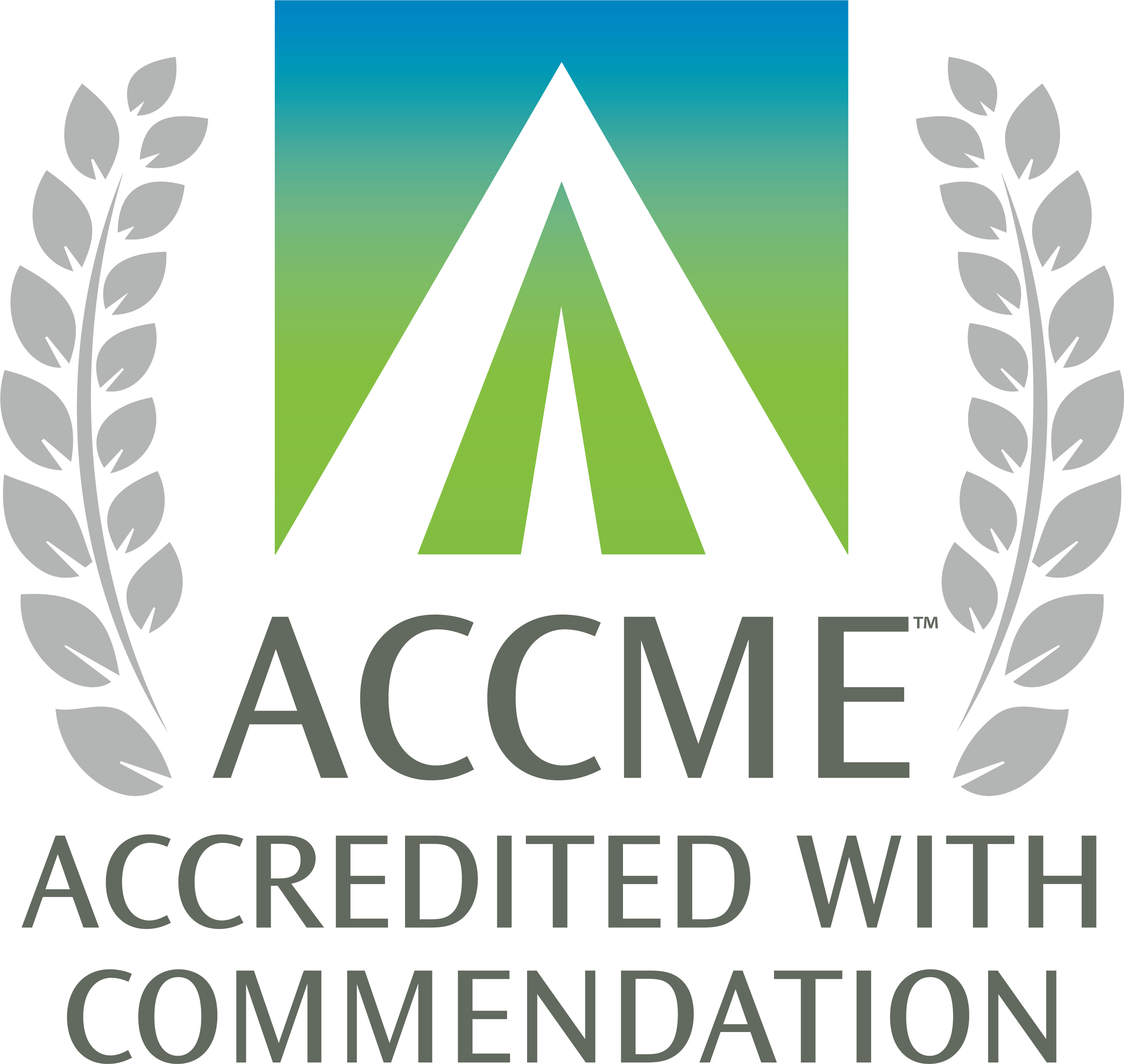FODMAP Module 03: FODMAPS in Food | Distinguishing High & Low FODMAP Foods
To begin this activity, click Enroll. Once logged in, learners can access educational content, assessments, and evaluations. Learners who successfully complete the activity will be able to print a certificate.
Module 3:
FODMAPS in Food | Distinguishing High & Low FODMAP Foods
Beth Rosen, RD
- Identify the methods used to measure the FODMAP content of foods.
- Describe the rationale for and application of cut-off values used to classify foods as low in FODMAPs.
- Recognize the main food sources of each FODMAP subgroup and foods particularly rich in one or more FODMAP subgroups.
- Identify the foods where gluten and fructans co-exist and discuss the role of the gluten free, wheat free and low FODMAP diets in people reporting IBS and/or IBS-like symptoms.
- Discuss external factors that impact on the FODMAP composition of fresh and processed foods, such as climate and growing conditions; country of origin; ripeness; crop variety; the part of the plant sampled; ingredients used in processed foods.
This activity has been planned and implemented in accordance with the accreditation requirements and policies of the Accreditation Council for Continuing Medical Education (ACCME) through the joint providership of the University of Michigan Medical School and GI Institute. The University of Michigan Medical School is accredited by the Accreditation Council for Continuing Medical Education (ACCME) to provide continuing medical education for physicians.
The University of Michigan Medical School designates this enduring material for a maximum of 1.00 AMA PRA Category 1 Credit(s) ™. Physicians should claim only the credit commensurate with the extent of their participation in the activity.
Palsson O, Whitehead W, Tornblom H, et al. Prevalence of Rome IV Functional Bowel Disorders Among Adults in the United States, Canada, and the United Kingdom
Gastroenterology 2020;158:1262–1273.
Chey WD, Eswaran S, Kurlander J. Management of Irritable Bowel Syndrome. JAMA 2015; 313(9):949-958.
Agarwal N, Spiegel B. . The Effect of Irritable Bowel Syndrome on Health-Related Quality of Life and Health Care Expenditures. Gastroenterol Clin North Am. 2011;40(1):11-19.
Gralnek IM, Hayes RD, Kilbourne A, et al. The impact of IBS on health-related quality of life. GASTROENTEROL 2000;119:654–660.
Whitehead WE, Palsson O, Jones KR. Systematic review of the comorbidity of irritable bowel syndrome with other disorders: what are the causes and implications?
Gastroenterology. 2002;122:1140-1156.
Levy RL, Olden KW, Naliboff B, et al. Psychosocial aspects of the functional gastrointestinal disorders. Gastroenterology. 2006;130:1447-1458.


